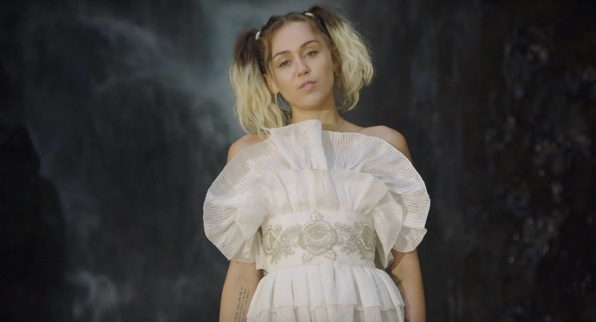Types of Music Videos
- Aeman Ajaz
- Nov 11, 2023
- 2 min read
There are three main types of music videos: performance-based, narrative-based, and concept-based.
Performance-Based Music Videos:
Performance-based music videos primarily focus on showcasing the artist or band performing the song. They are often shot in a concert-like setting, a studio, or a visually captivating location. These videos aim to capture the energy and charisma of the performers as they sing, play instruments, or dance.
Live Performance: These videos can closely mimic the experience of a live concert, featuring real or staged audiences to create an electric atmosphere.
Instrument Showcasing: In videos for bands, performance-based videos may highlight individual instrumentalists and their skill.
Dynamic Editing: Fast cuts and camera angles are employed to make the performance visually engaging and maintain viewer interest.
Examples:
Beyoncé's "Single Ladies (Put a Ring on It)" features the artist and her backup dancers delivering a dynamic choreographed performance.
Nirvana's "Smells Like Teen Spirit" captures the band's iconic performance in a high school gymnasium.
Narrative-Based Music Videos:
Narrative-based music videos tell a story that complements the song's lyrics or theme. These videos often feature characters, a plot, and a clear narrative arc. They are akin to mini-movies and can be humorous, dramatic, or romantic, depending on the song's content.
Character Development: Narrative videos introduce characters who may evolve throughout the video, adding depth to the story.
Visual Storytelling: Visual elements are used to convey the story, sometimes diverging from the song's lyrics to provide a different perspective.
Emotional Impact: Narrative videos aim to evoke emotions that resonate with the song's message, creating a more profound connection with the viewer.
Examples:
Eminem's "Stan" tells the story of an obsessed fan's correspondence with the artist through a series of letters.
Taylor Swift's "Love Story" reimagines Shakespeare's "Romeo and Juliet" in a modern context to reflect the song's lyrics.
Concept-Based Music Videos:
Concept-based music videos focus on a central concept or idea rather than a linear narrative. These videos often rely on symbolism, visual metaphors, and abstract imagery to convey the song's message. They allow for more artistic and interpretive expression.
Symbolism: Concept videos frequently use symbols or abstract visuals that represent the song's themes or emotions.
Artistic Creativity: Directors often use artistic techniques, such as surrealism, minimalism, or avant-garde approaches, to create a unique visual experience.
-Ambiguity: Concept videos may not provide clear answers but encourage viewers to interpret the content in their own way.
Examples:
Sia's "Chandelier" features a young dancer in a desolate apartment, symbolizing a sense of loneliness and abandonment.
Radiohead's "Karma Police" offers an abstract, dreamlike sequence where a car follows a mysterious figure along a dark road, creating an atmosphere of tension and mystery.
Each type of music video serves a distinct purpose and allows for different forms of artistic expression. The choice between performance-based, narrative-based, or concept-based videos depends on the song's content, the artist's vision, and the desired impact on the audience.


Comments